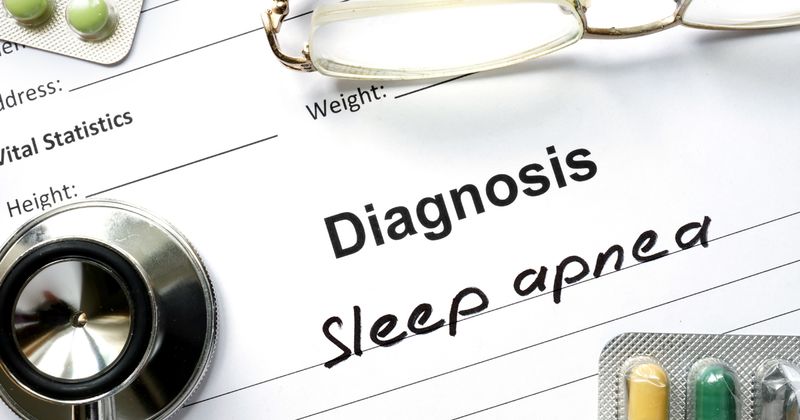Lower brain volumes found in patients with both MS and obstructive sleep apnea
Key takeaways:
- Obstructive sleep apnea and multiple sclerosis both increase atrophy of the brain’s gray and white matter.
- Patients with MS and OSA had lower whole brain and gray matter volume than those without OSA.
DENVER — In adults with multiple sclerosis, obstructive sleep apnea increases brain atrophy independent of obesity, a common comorbidity, according to a poster at the American Academy of Neurology annual meeting.
“Fatigue is really big in [multiple sclerosis] and we wanted to figure out concrete ways to address fatigue,” Alexandra Balshi, BS, a doctoral student and research assistant at Beth Israel Deaconess Medical Center at Harvard Medical School, told Healio. “One of those is screening for sleep disorders.”

Previous research has shown obstructive sleep apnea (OSA) affects as many as 58% of patients with MS, Balshi said, and that OSA and MS are both acknowledged to increase atrophy of the brain’s gray and white matter as a marker of disease progression. Balshi and colleagues aimed to determine whether OSA predicts increased atrophy in patients with MS, but independent of obesity, which is a known factor leading to OSA-associated atrophy.
Their study collected whole brain volumes and gray matter volumes from the MRI of 59 individuals with MS, with OSA (n = 39; 43.6% male) and without OSA (n = 20; 80% female), who underwent polysomnography to determine OSA status.
Researchers employed Icometrix, an AI-powered software, to perform brain volumetry, while whole brain and gray matter volumes were normalized through intracranial volume measurements. Multivariable linear regression was also utilized to assess brain atrophy differences between those with and without OSA.
Aside from obesity, the researchers controlled for external factors that may influence brain volume such as BMI, age, sex, blood pressure, use of a disease-modifying therapy (DMT) within the past year as well as MS duration.
According to results, parameters of whole brain volume for those with OSA ranged from approximately 1400 mL to 1600 mL, while ranging from 1500 mL to 1650 mL for those without, indicating that individuals with both MS and OSA showed significantly lower whole brain and gray matter volumes than those without the sleep disorder.
The difference remained significant when controlling for male sex, age, BMI, blood pressure, MS duration and DMT use in the past year.
“We should screen everyone with [obstructive sleep apnea] for fatigue and anyone with increased fatigue we should do a sleep study on,” Balshi told Healio.










